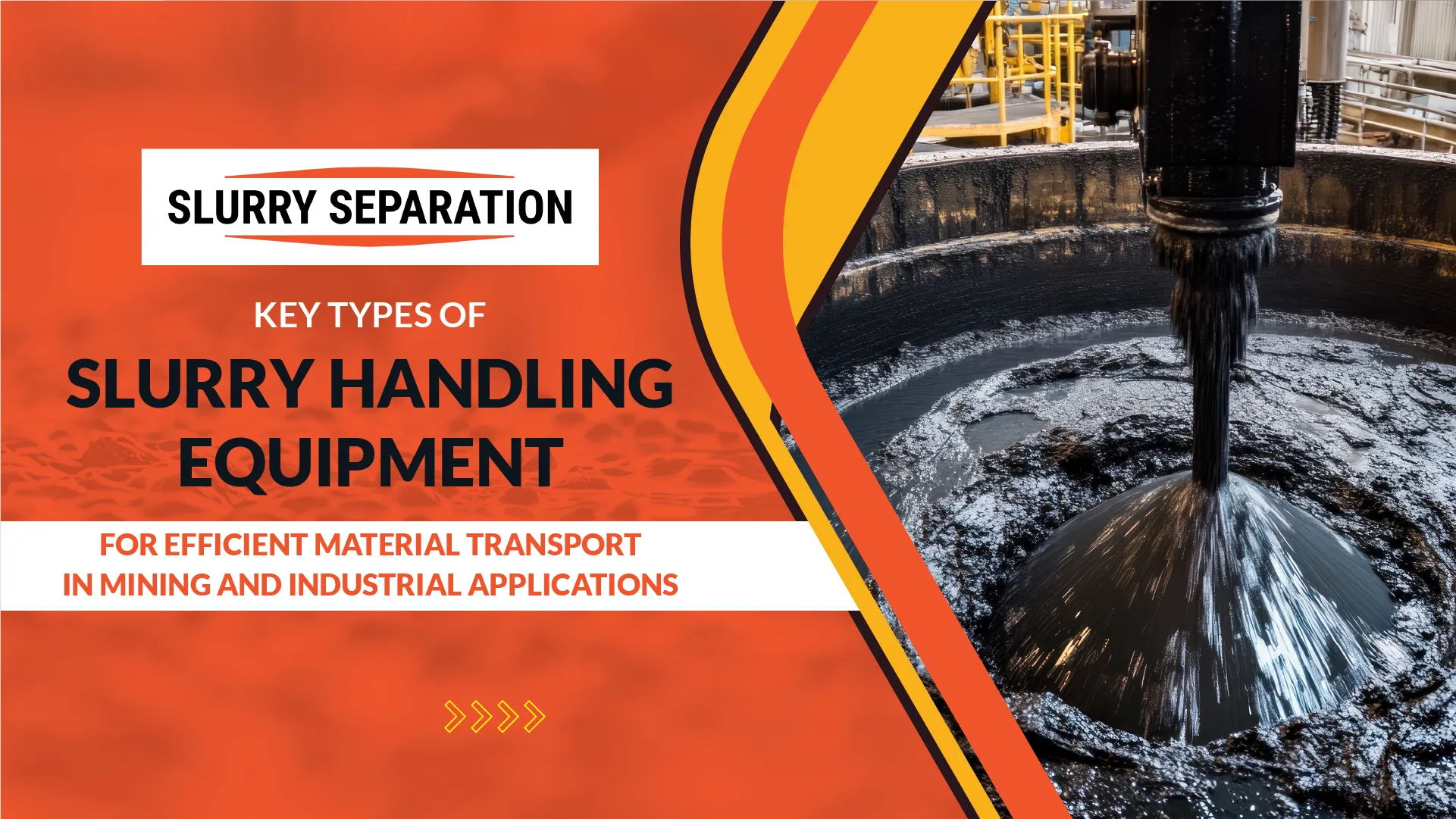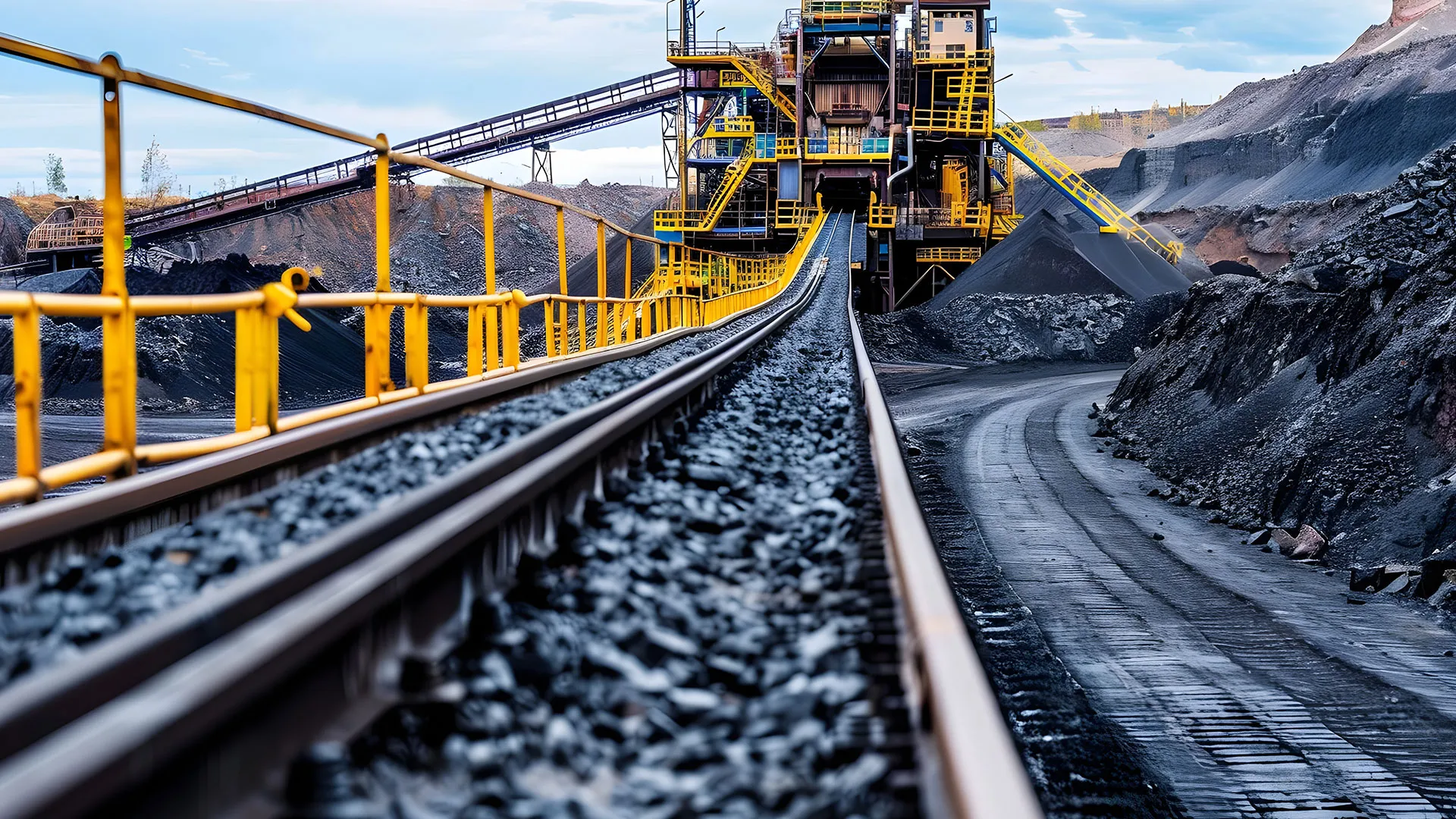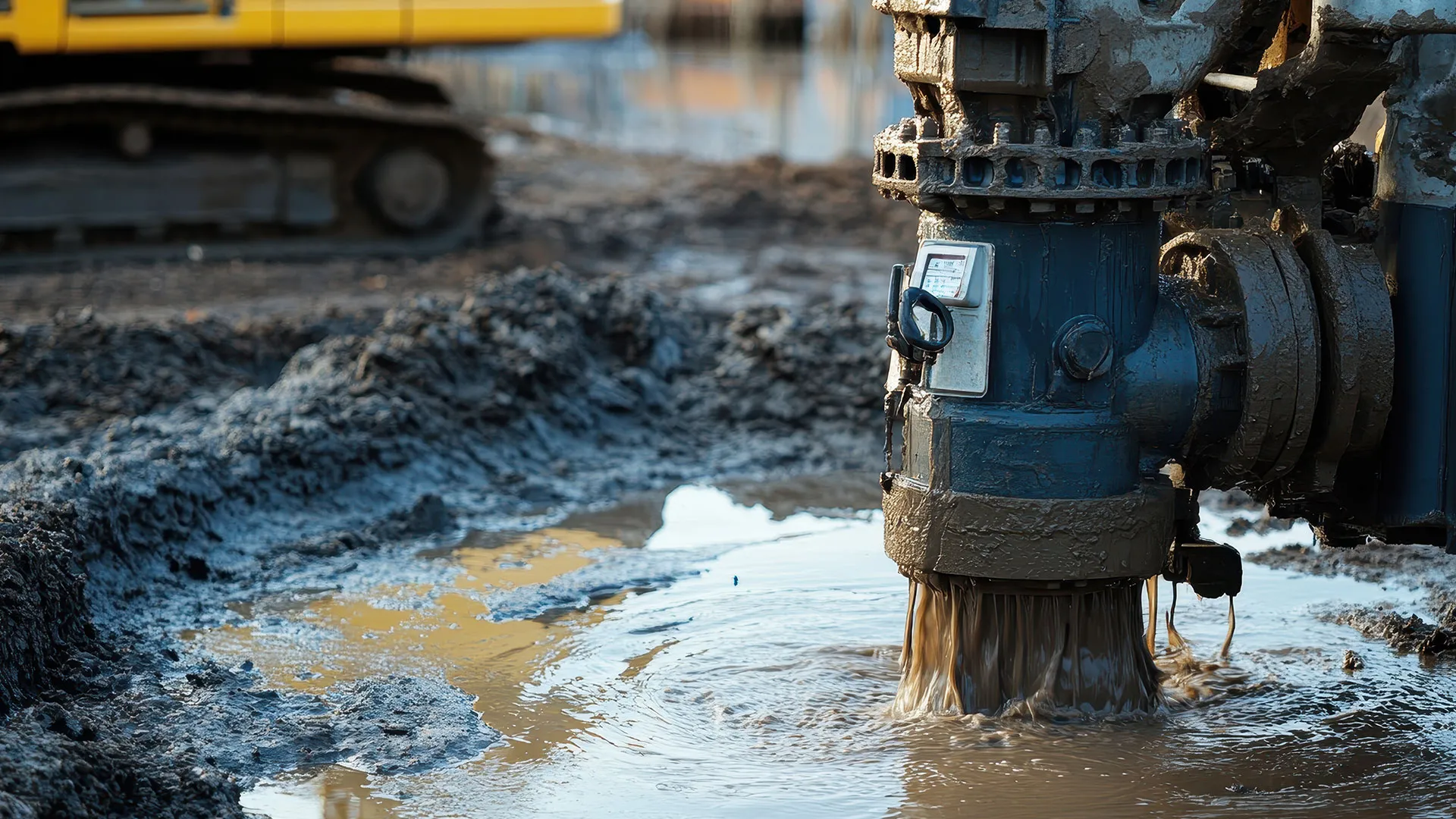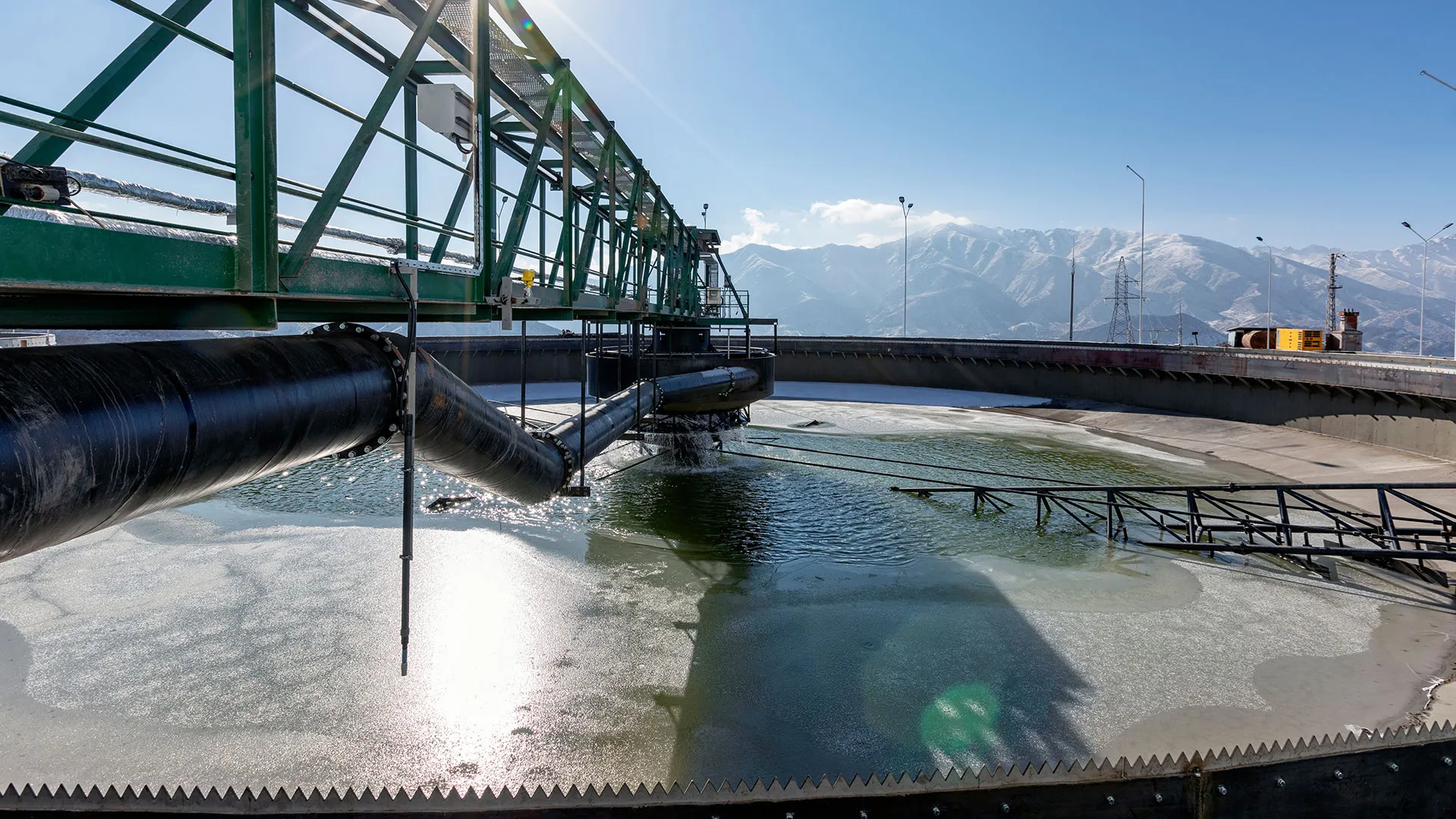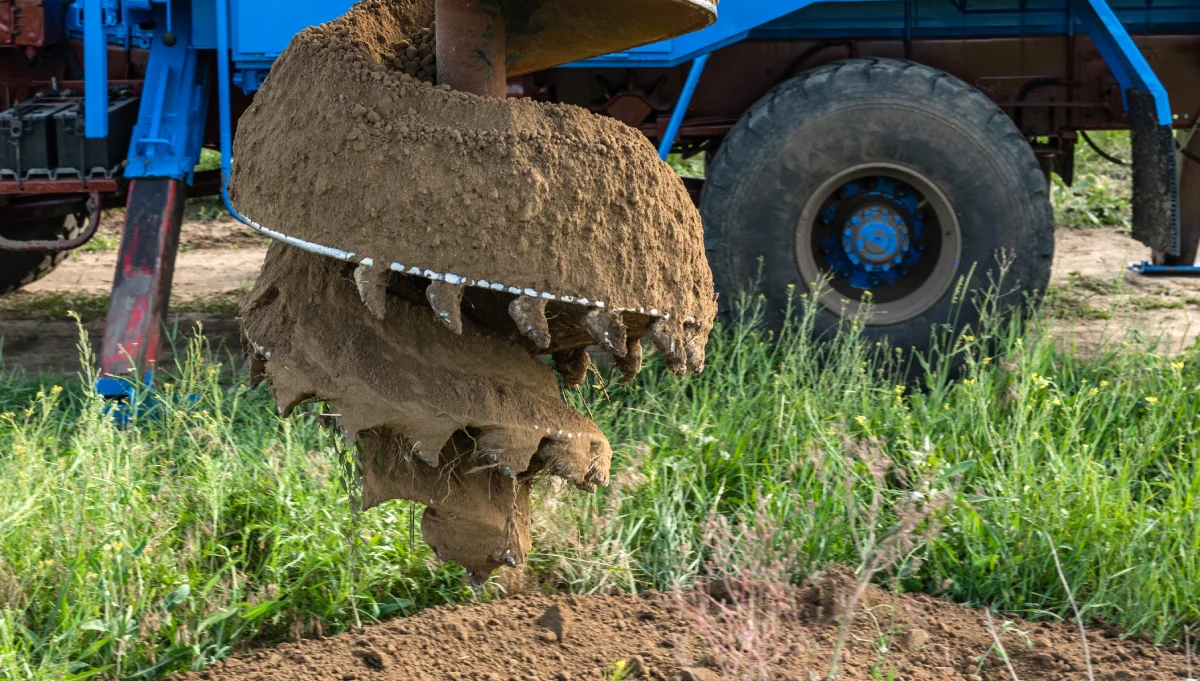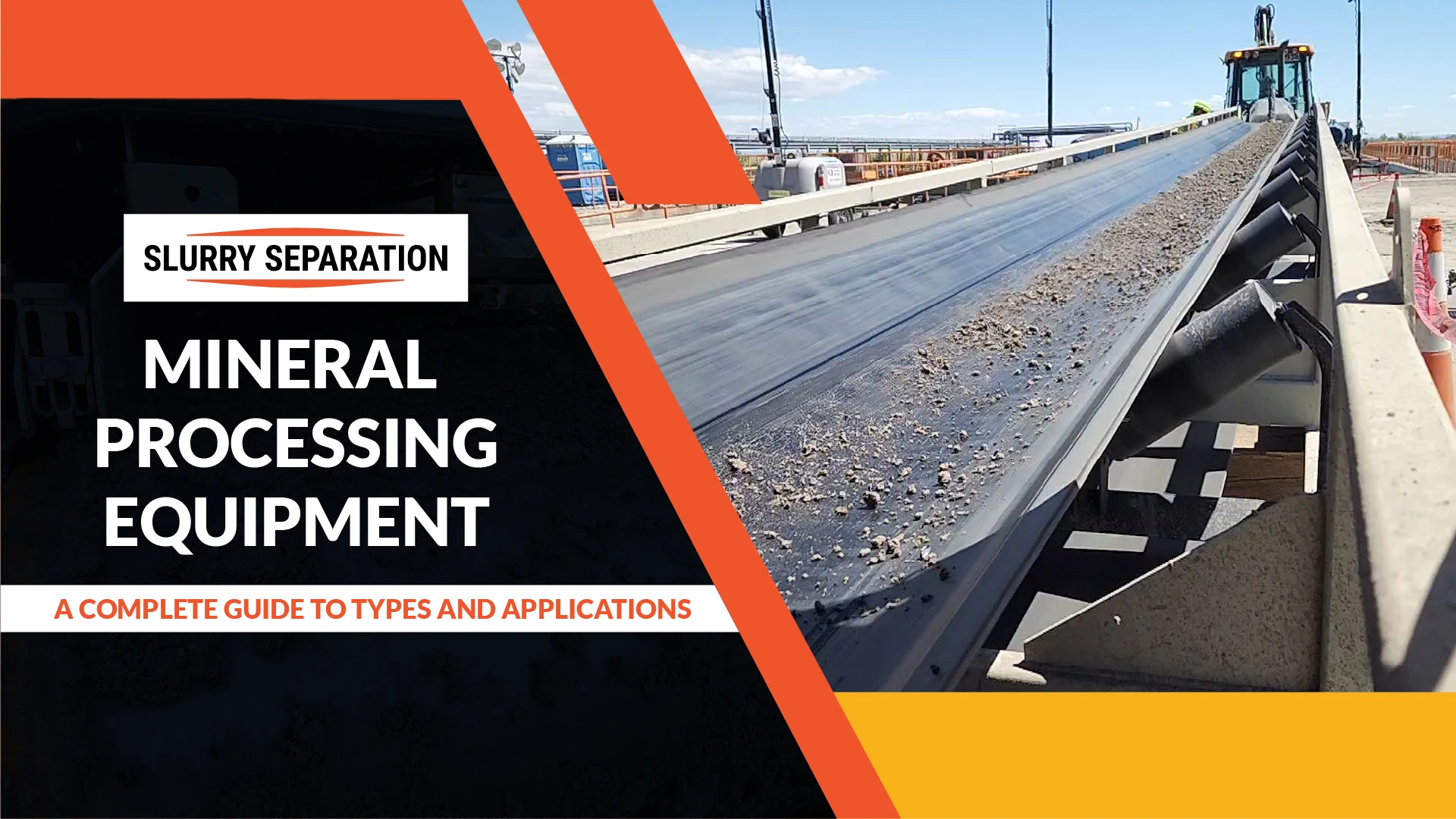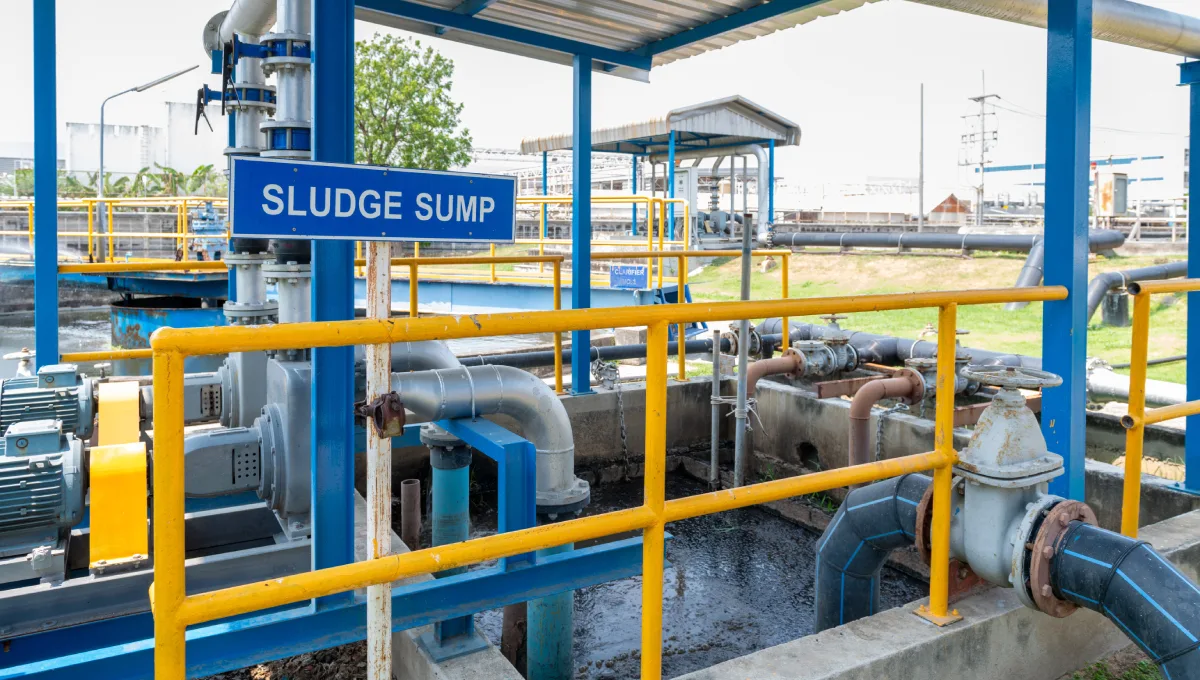Slurry handling is a critical process in mining and industrial applications, ensuring the efficient transport of materials such as minerals, sediments, and industrial waste in a fluid mixture. The effectiveness of slurry handling directly impacts operational efficiency, equipment longevity, and overall cost management. Proper systems prevent inefficiencies and reduce wear on transport equipment.
Slurry, a mixture of solid particles suspended in liquid, presents challenges like abrasiveness, varying viscosity, and sedimentation, which can cause blockages in pipelines and equipment. To maintain smooth operations, industries must invest in high-quality slurry handling equipment. The right equipment minimizes maintenance costs, enhances efficiency, and extends the system lifespan, making material transport more reliable.
Specialized slurry sludge handling equipment is essential for processing high-density materials in various industries. Mining, dredging, and wastewater treatment plants rely on this equipment to handle demanding applications. Proper slurry sludge handling equipment reduces system failures, prevents costly downtime, and optimizes material movement for better productivity.
This article explores the different types of slurry handling equipment, explaining their functionality, advantages, and applications. Understanding how each system works enables businesses to make informed decisions, improving overall efficiency and reducing operational costs. Selecting the right slurry handling solutions ensures long-term performance and reliability across industrial and mining operations.
Slurry Pumps: The Heart of Slurry Transport
Slurry pumps are essential slurry handling equipment designed to transport slurry efficiently across different distances and elevations. Unlike standard water pumps, they are specifically built to handle abrasive and corrosive materials, ensuring durability and reliability in demanding applications.
These pumps play a crucial role in slurry handling, as they facilitate the movement of high-density mixtures in industries such as mining, dredging, and wastewater treatment. Their robust construction helps minimize wear and tear, reducing maintenance costs and extending equipment lifespan.
Slurry pumps come in various types, including centrifugal, positive displacement, and submersible pumps, each suited for specific operational needs. By selecting the right slurry handling equipment, industries can optimize material transport, enhance efficiency, and maintain smooth operations in challenging environments. Proper maintenance further ensures long-term performance and reduced downtime.
Centrifugal Slurry Pumps
How They Work
Centrifugal slurry pumps use a rotating impeller to impart kinetic energy to the slurry, moving it through the pump casing and discharge pipe.
Best For
- Medium to high-flow applications
- Handling moderate abrasiveness
- Continuous slurry transport over long distances
Common Applications
- Mining (ore transport, tailings management)
- Dredging (sediment and aggregate transport)
- Mineral processing (separating valuable minerals from waste)
Positive Displacement Slurry Pumps
How They Work
Unlike centrifugal pumps, these pumps use a cavity (piston or progressive cavity rotor) to move slurry in controlled volumes, ensuring consistent pressure.
Best For
- High-viscosity, high-solids-content slurries
- Applications requiring precise flow control
- Thickened tailings and highly abrasive slurries
Common Applications
- Thickener underflow in mining
- Tailings transport
- Chemical slurry handling
Submersible Slurry Pumps
How They Work
These pumps operate fully submerged, allowing direct pumping from sumps, pits, and bodies of water.
Best For
- Immersed slurry handling applications
- Handling sediments and wastewater
- Operations requiring minimal supervision
Common Applications
- Dredging operations
- Wastewater treatment
- Industrial sump dewatering
Choosing the right slurry sludge handling equipment improves efficiency and prolongs system lifespan, making it vital in industrial and mining applications.
Slurry Pipelines and Hoses
Pipelines and hoses are critical slurry handling components. They serve as the primary channels for transporting slurry in mining and industrial applications. Proper selection of piping materials and flexible hoses ensures efficient flow, minimizes blockages, and extends the lifespan of slurry handling equipment.
Piping Materials for Slurry Transport
The durability of a slurry transport system depends largely on the choice of piping materials:
- Steel Pipes – High-pressure resistant and highly durable, ideal for abrasive slurries.
- HDPE Pipes – Corrosion-resistant, lightweight, and flexible, commonly used in tailings transport.
- Rubber-lined Pipes – Provide excellent abrasion resistance, making them suitable for mining operations.
- Wear-Resistant Coatings – Extend pipe lifespan by reducing erosion caused by slurry movement.
Flexible Slurry Hoses
Unlike rigid pipes, slurry hoses provide flexibility, making them essential in dynamic or temporary applications.
Advantages:
- Absorb vibrations, reducing stress on fixed pipelines
- Prevent clogging by allowing greater movement
- Easy to install and replace in dredging and mining operations
Common Use Cases:
- Temporary slurry transport systems
- Dredging operations with variable discharge points
- Flexible connections between stationary and moving slurry pumps
Industries handling high-density materials rely on slurry sludge handling equipment, including durable pipelines and hoses, to ensure smooth and efficient operations in demanding environments.
Slurry Valves for Flow Control
Slurry valves are essential for effective slurry handling, controlling flow, preventing backflow, and managing pressure in pipelines. Choosing the right valve ensures efficient material transport, reduces wear, and prevents costly downtime in mining and industrial applications.
Knife Gate Valves
Features:
- Designed for handling high-abrasion slurries
- Sharp-edged gate cuts through thick slurry flow
- Minimal pressure loss, ensuring smooth operation
Common Applications:
- Mining processing plants
- Tailings transport systems
Pinch Valves
Features:
- Elastomer-lined construction resists corrosion and abrasion
- Full bore opening minimizes pressure drop for unrestricted flow
Common Applications:
- Chemical processing
- Mineral extraction plants
Ball and Butterfly Valves
Ball and butterfly valves are best for lower-abrasion slurry handling applications. They provide efficient shutoff and pressure control where heavy wear is not a concern.
Selecting the right slurry handling equipment, including durable valves, ensures optimal system performance. Industries handling high-density materials also rely on specialized slurry sludge handling equipment to prevent blockages and maintain consistent flow. Proper valve selection plays a crucial role in extending the lifespan of pipelines and minimizing maintenance costs in slurry transport systems.
Cyclones and Separators for Slurry Management
Efficient slurry handling requires effective separation of solids from liquids to improve material recovery and reduce water consumption. Cyclones and separators play a crucial role in optimizing processing efficiency and minimizing waste in mining and industrial applications.
Hydrocyclones
Role:
- Utilize centrifugal force to separate solid particles from slurry
- Reduce the load on downstream filtration and thickening processes, improving efficiency
Common Applications:
- Dewatering in mining operations
- Particle classification in mineral processing
- Fines recovery in dredging and industrial processes
Magnetic Separators
Role:
- Extract ferrous materials from slurry, preventing metal contamination in downstream processing
- Improve the efficiency of material recovery in mining and industrial applications
Common Applications:
- Iron ore processing for metal separation
- Removing tramp metal from mining slurry to protect equipment
Selecting the right slurry handling equipment, including hydrocyclones and magnetic separators, is essential for maintaining operational efficiency. Industries also rely on slurry sludge handling equipment to ensure effective material processing and waste management. By integrating high-performance separation systems, businesses can enhance slurry handling, minimize downtime, and improve overall resource utilization.
Agitators and Mixers for Slurry Processing
In slurry handling operations, agitators and mixers play a crucial role in maintaining consistent flow and preventing the settling of solid particles. Without proper mixing, slurries can become highly viscous or lead to sedimentation, causing blockages in pipelines and reducing equipment efficiency. Effective slurry mixing ensures uniform consistency, enhances processing efficiency, and minimizes downtime in industrial and mining applications.
Importance of Agitators and Mixers
Agitators and mixers are essential slurry handling equipment that keep solids suspended in liquid, preventing system failures and optimizing processing operations. Their key benefits include:
- Preventing Solid Settling: By continuously agitating slurry in tanks and pipelines, these systems ensure solid particles remain suspended, reducing sedimentation and potential clogging.
- Enhancing Chemical Mixing Efficiency: Proper mixing ensures uniform dispersion in applications where the slurry contains chemicals, improving reaction rates and overall process performance.
- Reducing Pipeline Blockages: Stagnant slurry can lead to thickened sludge and pipeline blockages, increasing maintenance costs and system downtime. Mixers help maintain consistent flow, preventing these issues.
Common Applications of Agitators and Mixers
Industries that rely on slurry handling use agitators and mixers to maintain optimal processing conditions. Some of the most common applications include:
- Chemical Processing Plants: Agitators help blend chemicals in slurry, ensuring homogeneity and improving reaction efficiency in industries such as pharmaceuticals, food processing, and wastewater treatment.
- Mining Slurry Storage Tanks: Mining operations generate large volumes of slurry, which must be continuously mixed to prevent the separation of solids from liquids. Agitators enhance material recovery by keeping minerals in suspension.
- Wastewater Treatment Facilities: Agitators play a vital role in processing sludge, ensuring consistent flow, and preventing sediment buildup in treatment tanks.
Industries also rely on slurry sludge handling equipment to manage thick slurries efficiently in high-density applications. By integrating reliable agitators and mixers into slurry handling systems, businesses can reduce operational costs, prevent equipment wear, and improve overall process efficiency.
Dredging Equipment for Large-Scale Slurry Transport
Dredging is a crucial process in large-scale slurry handling, facilitating the excavation and transportation of sediment, sand, and other materials from underwater environments. Whether in mining, land reclamation, or harbor maintenance, dredging operations rely on specialized slurry handling equipment to efficiently move large volumes of slurry. The right dredging equipment enhances material transport, reduces downtime, and ensures long-term operational efficiency.
Cutter Suction Dredges
Cutter suction dredges are among the most powerful slurry handling equipment used in large-scale dredging projects. These machines feature a rotating cutter head designed to break up compacted sediments before suctioning them through a pipeline system.
Key Features:
- Equipped with a robust cutter head that dislodges and fragments sediment
- Uses a high-powered suction system to transport slurry over long distances
- Can handle various sediment types, including compacted sand, clay, and gravel
Common Applications:
- Deep-Water Mining: Extracting mineral-rich sediments from the ocean floor
- Harbor Maintenance: Removing accumulated silt and debris to maintain navigable waterways
- Land Reclamation Projects: Recovering sediment for coastal restoration and construction
Cutter suction dredges are ideal for handling highly compacted materials, making them essential slurry handling solutions in challenging dredging environments.
Jet Suction Dredges
Jet suction dredges use high-pressure water jets to loosen soft sediments before suctioning them through a pipeline. These dredges are particularly effective in environments where materials are fine-grained and require minimal mechanical disruption.
Key Features:
- Uses pressurized water to dislodge fine sediments efficiently
- Lower energy consumption compared to cutter suction dredges
- Capable of handling high-flow slurry transport with minimal wear on equipment
Common Applications:
- Mining Operations: Extracting fine-grained materials from riverbeds and coastal areas
- Industrial Lagoons: Clearing sediment buildup in wastewater treatment and industrial reservoirs
- Shallow Water Dredging: Removing soft sediments in lakes, ponds, and channels
In operations dealing with high-density sediment and sludge, incorporating slurry sludge handling equipment is essential to ensure effective material transport and prevent pipeline clogging. Selecting the right slurry handling equipment for dredging applications significantly improves efficiency, reduces maintenance costs, and ensures long-term performance in large-scale material transport.
Conclusion
Efficient slurry handling is essential for ensuring productivity and cost-effective operations in mining, dredging, and industrial applications. The ability to transport slurry efficiently impacts not only material movement but also equipment lifespan, operational efficiency, and maintenance costs. Slurry, by nature, presents challenges due to its abrasive and often corrosive properties, making it critical to choose the right slurry handling equipment to mitigate wear and prevent system failures.
From pumps and pipelines to valves, separators, and dredging systems, each component of a slurry handling system plays a vital role in maintaining smooth material transport. Properly designed systems help reduce sedimentation, prevent clogging, and ensure continuous flow, all of which contribute to improved efficiency and reduced downtime. By selecting slurry sludge handling equipment tailored to specific applications, industries can manage high-density materials more effectively, minimizing energy consumption and operational costs.
Regular maintenance of slurry handling systems is equally important. Preventative measures, such as monitoring wear-resistant coatings in pipelines, servicing pumps, and ensuring valves operate without obstruction, can significantly extend the lifespan of the equipment. Investing in high-quality slurry handling equipment designed for extreme conditions reduces the need for frequent replacements and enhances overall system reliability.
For industries dealing with high-solids-content materials, implementing advanced slurry sludge handling equipment is crucial to preventing blockages and maintaining process stability. Whether in wastewater treatment, tailings transport, or dredging operations, the right solutions ensure that slurry remains manageable and that processing facilities can operate at peak efficiency.
In conclusion, optimizing slurry handling requires a strategic approach that includes proper equipment selection, system design, and ongoing maintenance. By leveraging specialized slurry sludge handling equipment and high-performance transport solutions, industries can enhance productivity, reduce operational risks, and achieve long-term success in demanding slurry transport applications.

